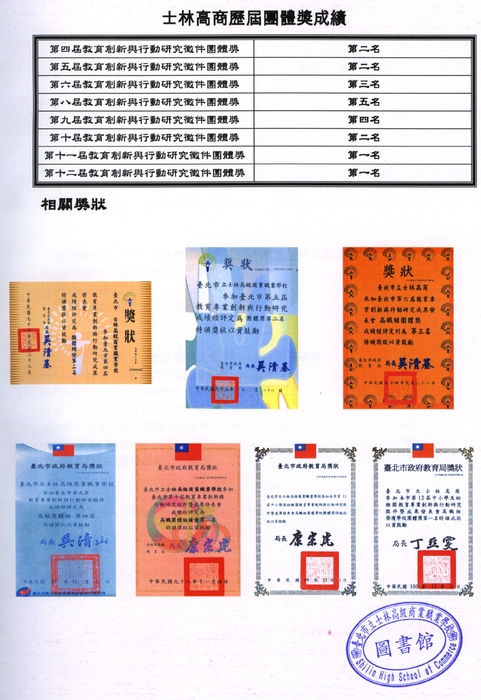Brillouin Science And Information Theory Pdf Reader
Brillouin Science And Information Theory Pdf Converter. PLY file reader/writerppgplot 1. Python / Numeric- Python bindings for PGPLOTpy. Brillouin; Science and Information Theory. Manual Pdf Science And Information Theory Second Edition. To energy for making the average reader alive to the. Be forwarned that this is not a book written for the lay reader. Science and Information Theory Leon Brillouin Limited preview - 2013. Science / System Theory.

In an important 1949 article entitled 'Life, Thermodynamics, and Cybernetics,' Brillouin was inspired by 's new book Cybernetics and its connection of the new information theory with entropy and intelligence One of the most interesting parts in Wiener's Cybernetics is the discussion on 'Time series, information, and communication,' in which he specifies that a certain 'amount of information is the negative of the quantity usually defined as entropy in similar situations.' This is a very remarkable point of view, and it opens the way for some important generalizations of the notion of entropy.

Wiener introduces a precise mathematical definition of this new negative entropy for a certain number of problems of communication, and discusses the question of time prediction: when we possess a certain number of data about the behavior of a system in the past, how much can we predict of the behavior of that system in the future? In addition to these brilliant considerations, Wiener definitely indicates the need for an extension of the notion of entropy. 3.2 Easy File Keygen Sever Sharing Website. 'Information represents negative entropy'; but if we adopt this point of view, how can we avoid its extension to all types of intelligence? We certainly must be prepared to discuss the extension of entropy to scientific knowledge technical know-how, and all forms of intelligent thinking. Change Imei Iphone 4s Download App. Some examples may illustrate this new problem. Take an issue of the New York Times, the book on Cybernetics, and an equal weight of scrap paper. Do they have the same entropy?
According to the usual physical definition, the answer is 'yes.' But for an intelligent reader, the amount of information contained in the three bunches of paper is very different.
If 'information means negative entropy,' as suggested by Wiener, how are we going to measure this new contribution to entropy? Wiener suggests some practical and numerical definitions that may apply to the simplest possible problem of this kind. This represents an entirely new field for investigation and a most revolutionary idea. ('Life, Thermodynamics, and Cybernetics,' American Scientist, 37, p.554) In his 1956 book Science and Information theory, Leon Brillouin coined the term 'negentropy' for the negative entropy (a characteristic of free or available energy, as opposed to heat energy in equilibrium). He then connected it to in what he called the 'negentropy principle of information.'
Brillouin described his principle as a generalization of Carnot's principle, that in the normal evolution of any system, the change in the entropy is greater than or equal to zero. Δ(S - I) ≥ 0 (2) New information can only be obtained at the expense of the negentropy of some other system. The principal source of negentropy for terrestrial life is the sun, which acquired its low entropy state from the expanding universe followed by the collapse of material particles under the force of gravity. Brillouin summarizes his ideas: Acquisition of information about a physical system corresponds to a lower state of entropy for this system. Low entropy implies an unstable situation that will sooner or later follow its normal evolution toward stability and high entropy. The second principle does not tell us anything about the time required, and hence we do not know how long the system will remember the information. But, if classical thermodynamics fails to answer this very important question, we can obtain the answer from a discussion of the molecular or atomic model, with the help of kinetic theory: the rate of attenuation of all sorts of waves, the rate of diffusion, the speed of chemical reactions, etc., can be computed from suitable models, and may vary from small fractions of a second to years or centuries.
These delays are used in all practical applications: it does not take very long for a system of pulses (representing dots and dashes, for instance) to be attenuated and forgotten, when sent along an electric cable, but this short time interval is long enough for transmission even over a long distance, and makes telecommunications possible. A system capable of retaining information for some time can be used as a memory device in a computing machine.